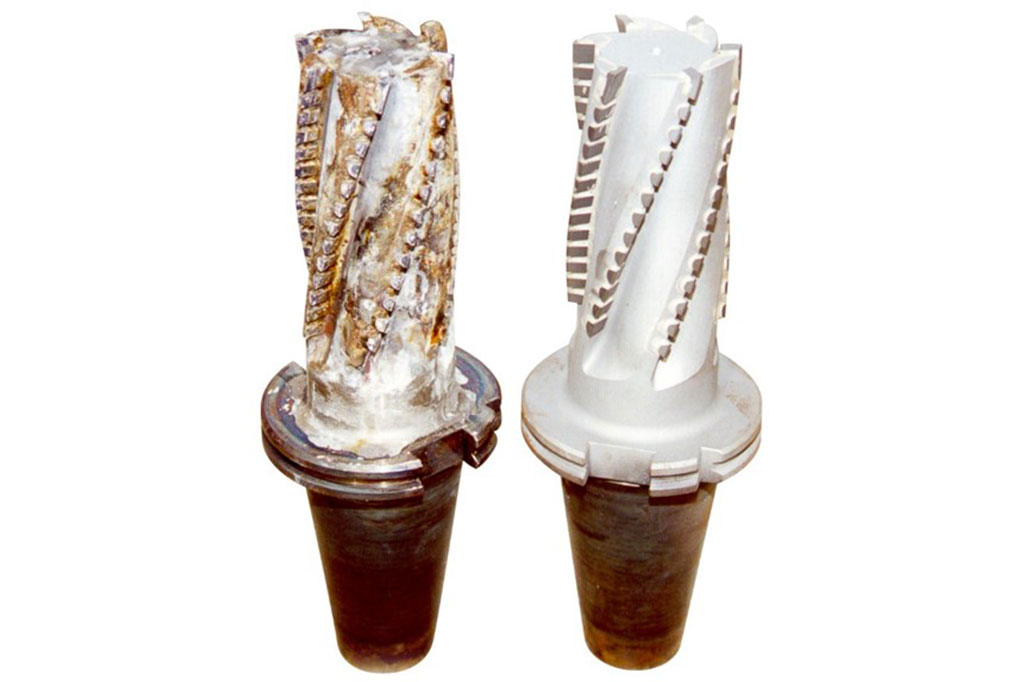

Sandblasting treatment to clean surfaces, improving their appearance.
Sandblasting of existing steel structures, for example, can remove old coatings, rust and contaminants.
On newly rolled steel, on the other hand, it removes mill scale, oxides and rust.
Other metals that can be sandblasted include aluminum and aluminum-derived alloys (like zamak), titanium, magnesium, brass, copper and alloys.
Moreover, thanks to the development of new Nylon, polycarbonate and polyurethane resin blasting media, it is possible to treat plastics such as thermoplastics, thermosetting materials or thermoplastic elastomers (TPE) and composites. This gives rise to applications in aerospace, automotive and shipbuilding to remove coatings without using treatments that could damage the surface.
Our in-depth knowledge of processes and materials enables us to design ultra-efficient machines that guarantee top-quality results.
For stainless steel, for instance, our patented Inox Peen® treatment lends treated surfaces a particular roughness profile that achieves the same cleanability as a BA polished surface or better. By conveying appropriate abrasives, our manual and automatic systems are suitable for removing surface oxides (e.g., residues from hardening processes or salts baths), restoring the conditions of the component to its pretreatment state, without altering its form.